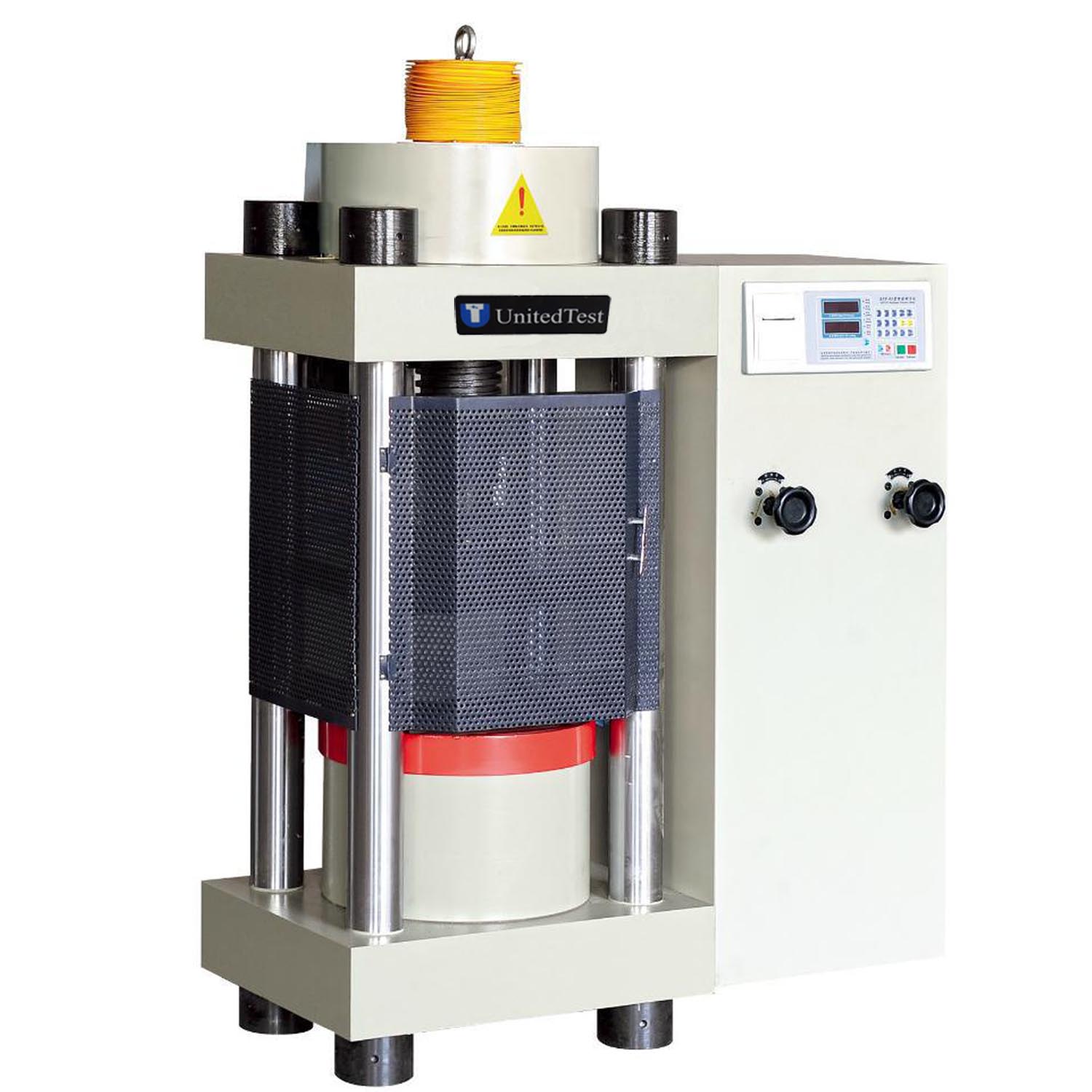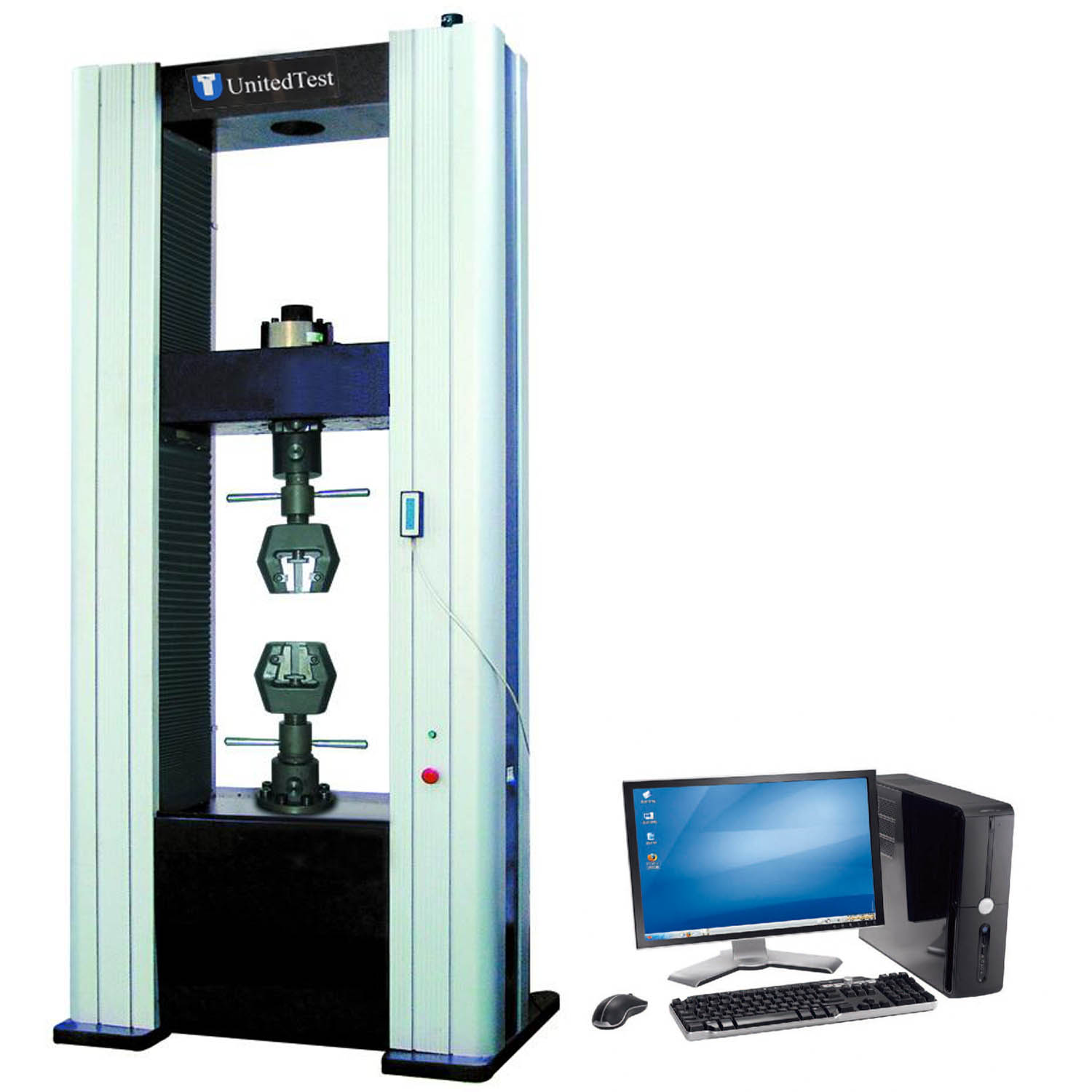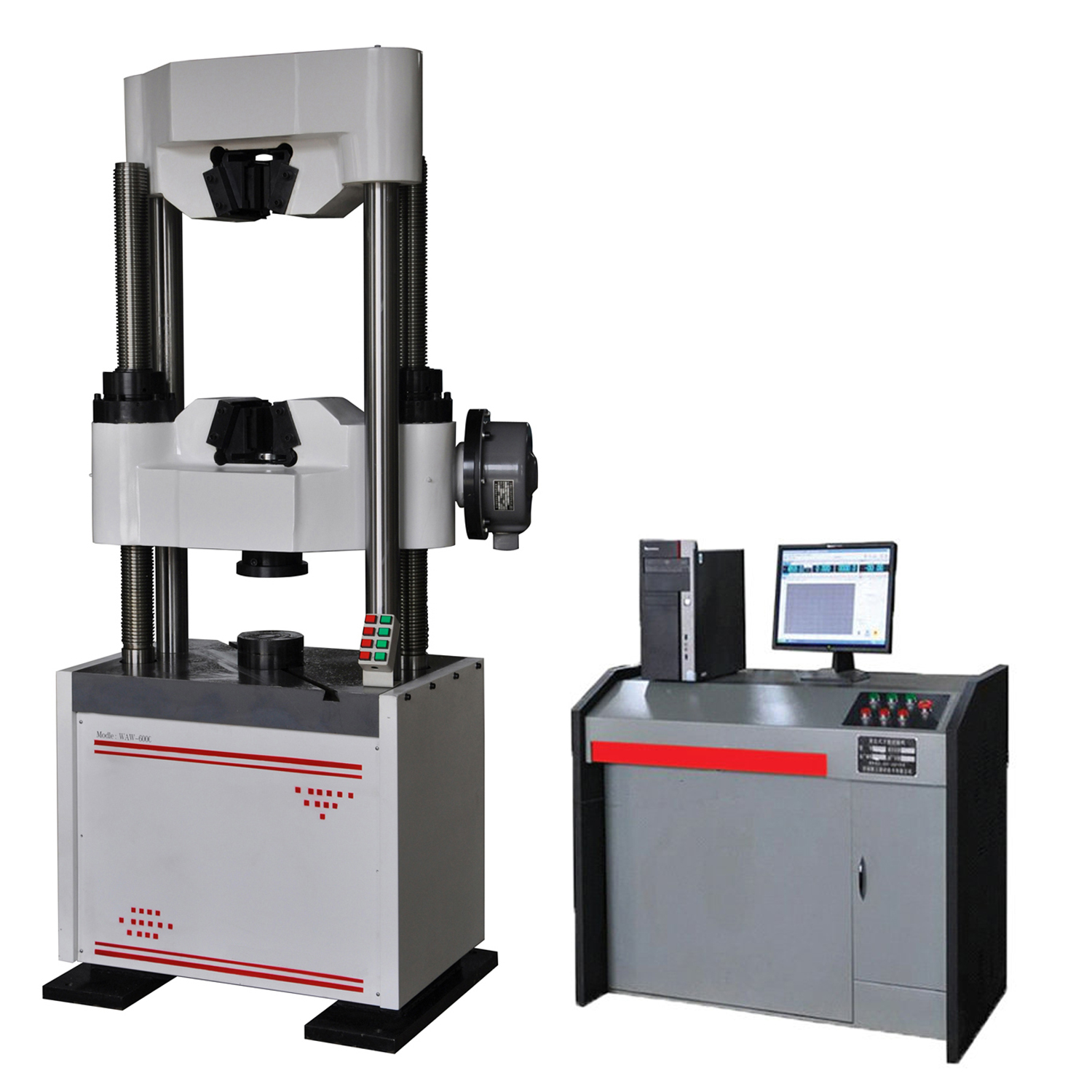- Universal testing machine
- Fixtures
- Medical/Biomedical device
- Vehicles motorcycle
- Compression/Flexural test
- Hardness tester
- Impact testing machine
- Torsion testing machine
- Abrasion & wear tester
- Plastic & Pipe testing
- Tensiometer / Goniometer
- Erichsen cupping tester
- Other Testing Equipment
- Grinding & polishing machine
- Introduction
- Specification
- Accessories
- Standard
- LEAFLET & VIDEO
- Contact Us
The Brazilian Test is a laboratory test conducted in rock mechanics to indirectly determine the tensile strength of rocks.
Concrete tensile strength is the ability of concrete to resist tensile force or stress applied to it. The tensile strength of concrete is measured by the split cylinder test of the concrete method. The tensile strength of concrete is measured by the Units of Force per Cross-Sectional area (N/Sq.mm. or Mpa).
So The tensile strength of rock materials is an important parameter in designing a geotechnical project since it is significantly lower than the rocks’ compressive strength. This phenomenon is also presented in concrete, a fact that led to the utilization of steel reinforcement to increase the tensile capacity of the material.
The tensile strength of a rock is mainly derived by two testing procedures:
The Direct Tensile Strength test
The Brazilian Test
The Direct Tensile Strength test is considered as the most proper method to derive the tensile capacity of a specimen. However, it is not widely utilized since sample preparation is challenging and the failure is usually invalid (the specimen should fail through its middle part so that the test is reliable).
For this reason, the Brazilian Test is widely used as the sample preparation and the testing procedure are far more efficient.

Testing Procedure
The sample is placed into the cell and masking tape (a 0.2-0.4mm adhesive paper) is wrapped around its surface. The system is then placed in the loading apparatus which must be capable of applying a constant loading rate so that the specimen fails within 15-30 seconds. The maximum load is recorded.
Typical loading devices designed for Brazilian Tests have a maximum loading capacity of 100kN. Nevertheless, loading devices utilized for Uniaxial Compression Tests can also be used as long as they are capable of applying the aforementioned rate.
The specimen must fail along its diameter so that the test is considered valid.
 Global links
Global links




